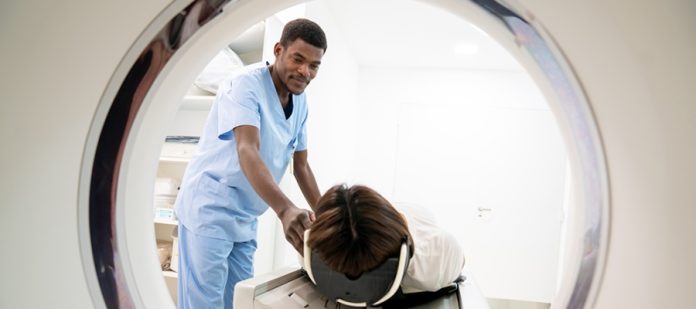
The prevention of cardiac issues and consequences depends on the early identification of cardiovascular disorders. A useful diagnostic tool that helps people identify their risk of coronary artery disease (CAD) is the coronary calcium score. The operation of coronary calcium scoring is explained in this article. You will also learn about its importance and how heart health is affected by it.
Understanding Coronary Calcium Scoring
Coronary calcium, also known at coronary-artery calcium (CAC), scoring or Agatston score, is a technique of non-invasive imaging used to assess the amount and location of calcium deposits. These calcium deposits are indicative atherosclerosis. Atherosclerosis is characterized primarily by plaque buildup within the arteries. This may lead to the narrowing and harderening the arteries.
A computerized tomography scan is commonly used to score coronary calcium. CT imaging produces detailed cross-sectional images of the heart and surrounding structures. During the CT scanning, calcium deposits found in coronary arteries can be visualized. Scores are then given according to the size and density of those deposits. This score, expressed in Agatston units, is used to estimate the severity of atherosclerosis.
The Scoring Process
The coronary scoring process includes several key steps.
- How to prepare: You may need to abstain from eating and drinking before the CT scan in order to get the best quality images. In addition, it is important to tell the healthcare provider any relevant medical information, including past heart conditions, allergies, and medication history.
- Imaging: When undergoing a CT scan, the individual is placed on a small table which slides inside the CT scanner. This machine has a large donut shape. The scanner uses X rays in order to create detailed pictures of the heart. Software is used to analyze the images and determine the amount of calcium in the coronary blood vessels.
- Calcium Score Calculation: The program calculates a Calcium Heart Score or Agatston Score by analyzing the volume, density, and location of calcium deposits. The score provides information about atherosclerosis severity and the prognostic value of an individual’s chances of suffering from coronary disease and having a heart attack.
- Interpretation Calcium: Heart Score interpretation is done by a healthcare practitioner, typically a cardiologist or radiologist. The provider evaluates atherosclerosis severity and calculates cardiovascular event risk. The score will be compared with risk stratifications and guidelines in order to inform clinical decisions.
Significance Coronary Calcium Scoring
Coronary Calcium scoring can provide insight into the risk that an individual faces of developing coronary arterial disease or experiencing a cardiovascular event. Calcium Heart Score is a tool that helps clinicians stratify and manage patients according to their risk.
Coronary Calcium Scoring
Coronary scoring is generally performed at cardiac imaging centers with CT scanners. These centers offer the latest diagnostic imaging technologies, including coronary scoring. This helps to determine cardiovascular risk and provide preventive care.
A primary care physician, cardiologist, or other medical professional can help individuals determine the best coronary score for them based on symptoms, medical history, and risk factors. As part of a comprehensive assessment and management of cardiovascular risks, healthcare providers are able to provide customized recommendations and referrals on coronary Calcium scoring.
Conclusion
Interpreting the Calcium Heart Score requires assessing the severity of atherosclerosis within the coronary vessels and determining any associated cardiovascular risk. Lifestyle changes, medication, and invasive procedures could be recommended depending on the Calcium Heart scores and cardiovascular risk profiles of each individual.
By using the information that coronary Calcium scoring provides, individuals are able to take proactive steps towards protecting their heart health as well as reducing their chances of developing cardiovascular disease. Individuals can receive personalized treatment and preventive recommendations by undergoing coronary scoring at specialized cardiac image centers and healthcare facilities that have CT scanning capabilities.








